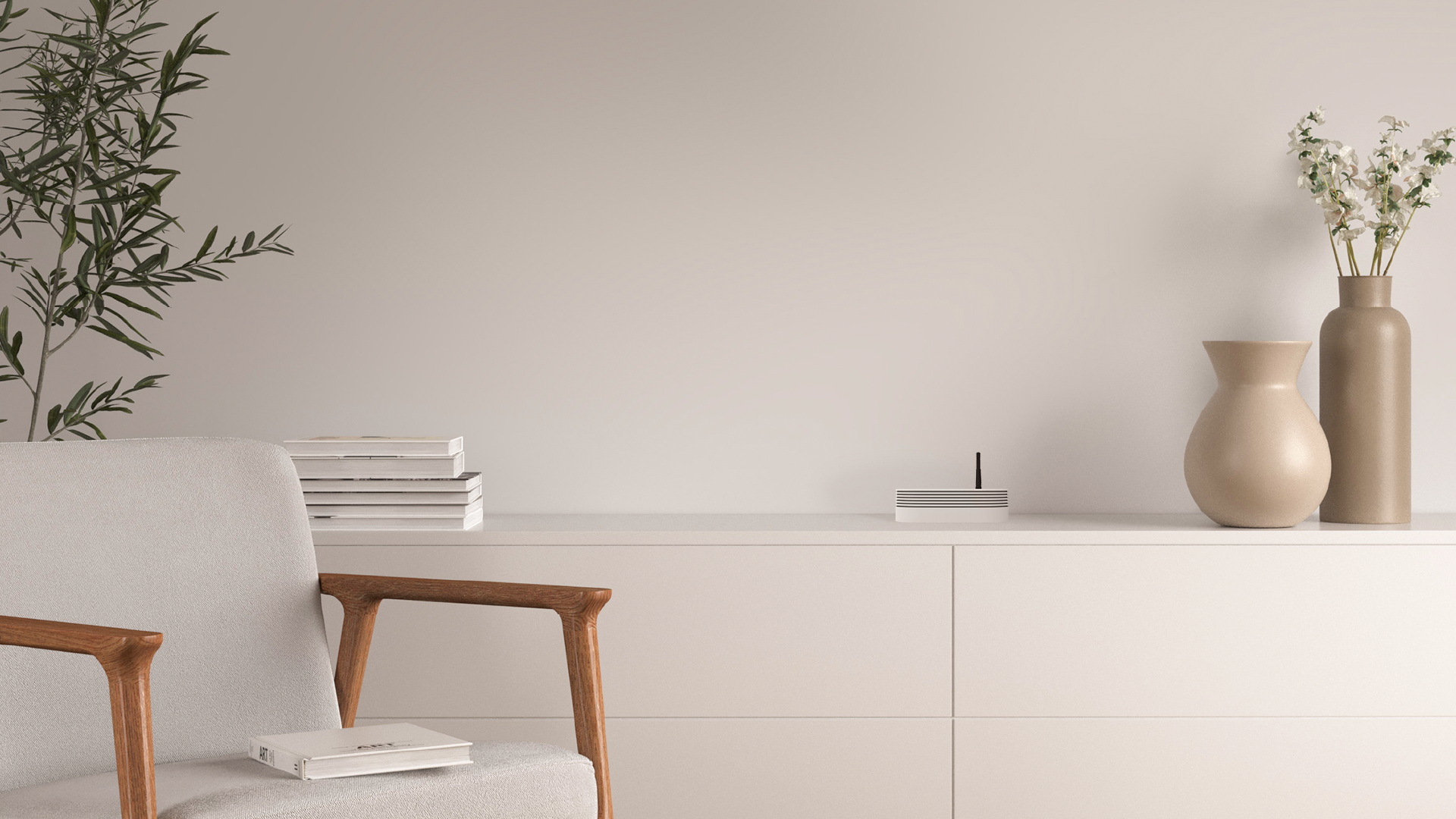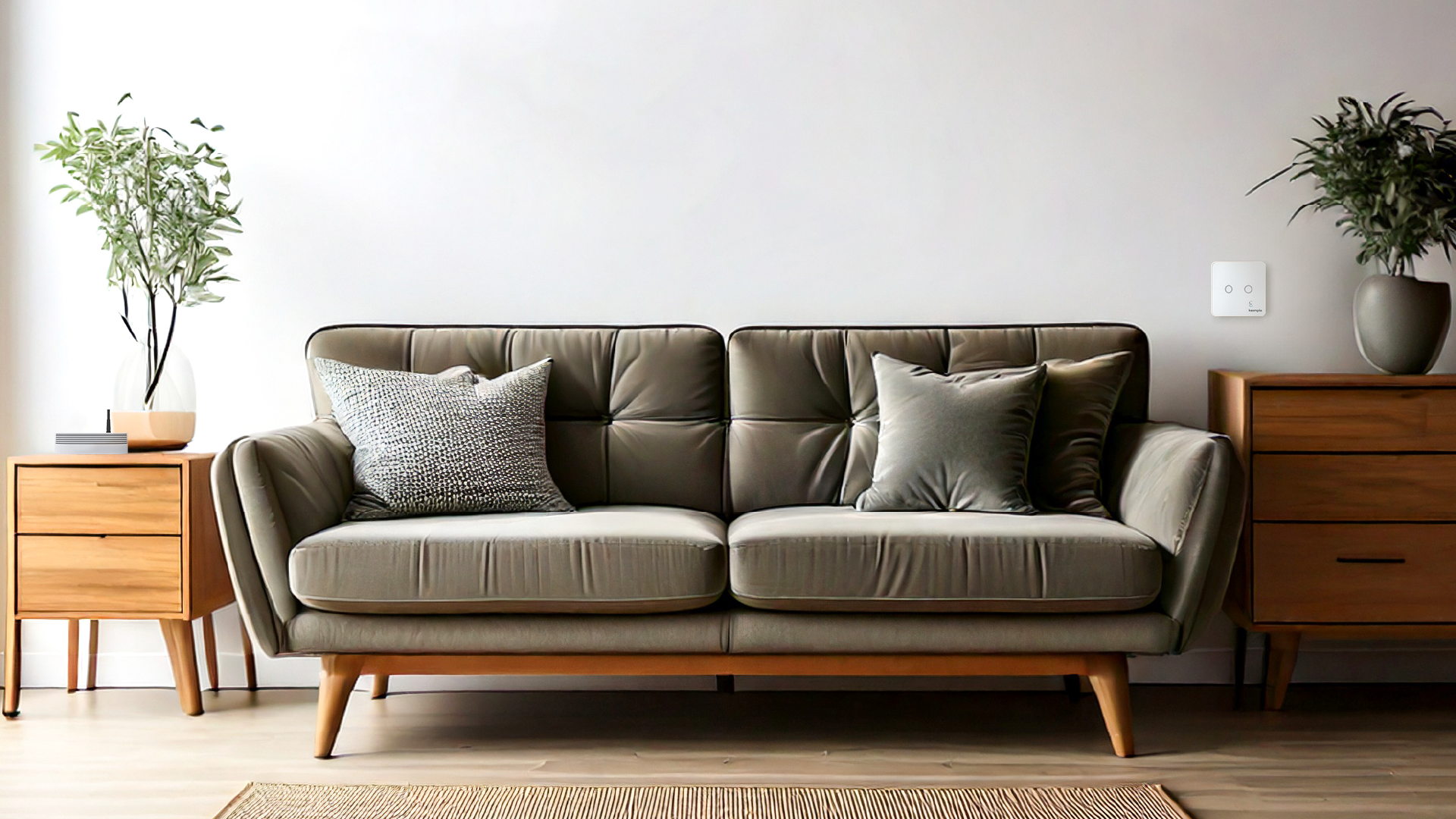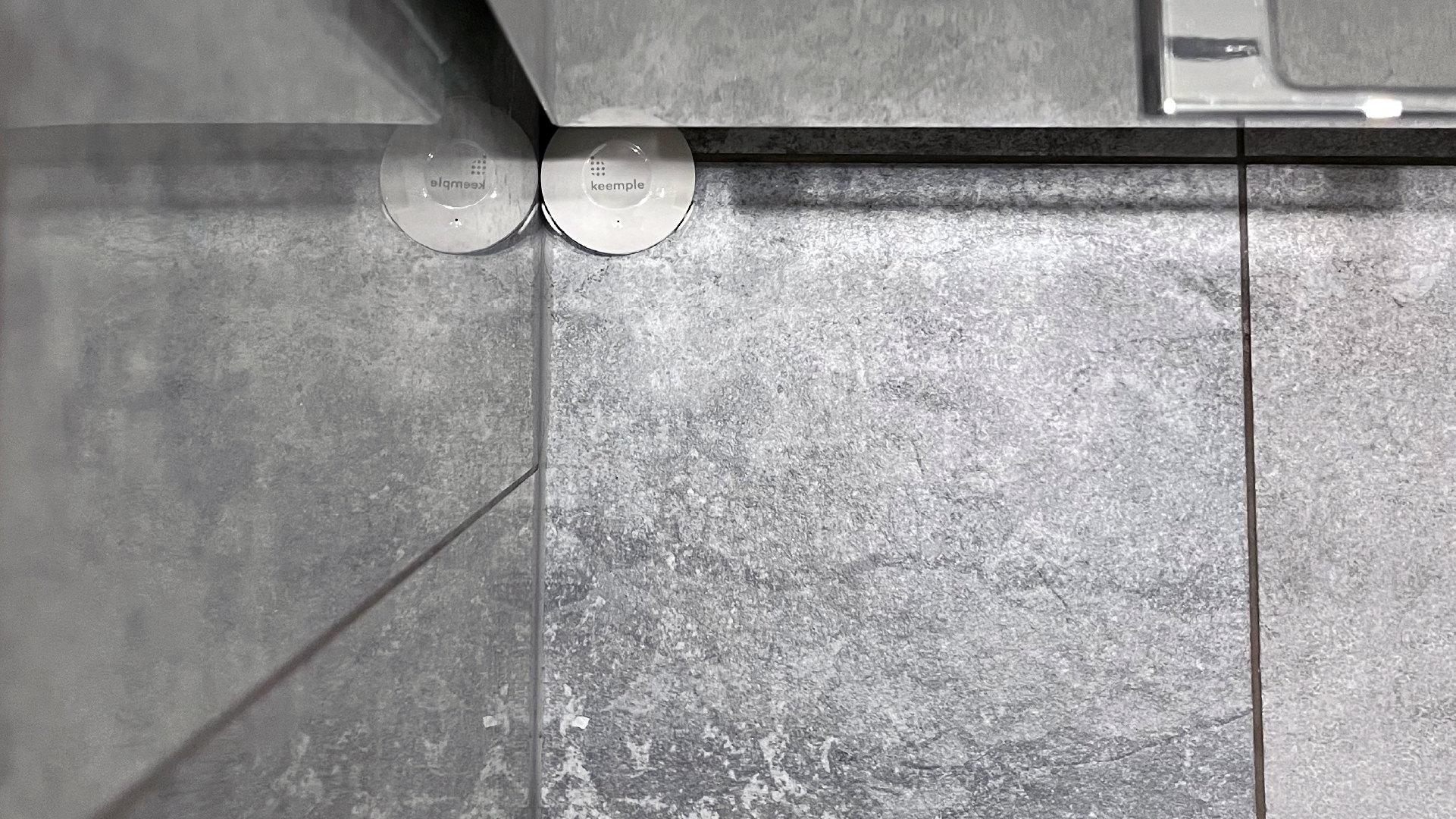
Keemple Z-Wave Gateway – Everything You Need to Know
What is a Z-Wave Gateway? To answer this question, let’s first briefly explain how a wireless smart home system with […]

Just a few years ago, the idea of a smart home system seemed like something straight out of science fiction. Today, it’s a reality—becoming increasingly accessible, functional, and popular. But what exactly is a smart home? How does it work, and how can it transform your everyday life?
In this article, we’ll explain in simple terms what a smart home is and why it’s becoming such a widely adopted solution.
A smart home is a system of connected devices that communicate with each other and can be controlled remotely—via smartphone, tablet, or voice assistant. With smart home technology, you can manage your lighting, heating, blinds, and even monitor your home’s security from virtually anywhere in the world.
Before buying smart devices, it’s important to understand that there are two main types of systems: wired and wireless.
Wired solutions require special cabling and are typically planned during the construction or major renovation phase of a building. They’re best suited for new developments, where the system can be fully integrated into the structure, and for large homes with higher technical requirements.
Wireless systems, on the other hand—like those offered by Keemple—rely on technologies such as Z-Wave and do not require tearing down walls or running cables. That makes them an excellent choice for finished, already inhabited, or even rented apartments. Installation is easy, and you can do it yourself or with the help of a technician—no need to modify your electrical system.
That’s why it’s worth carefully analyzing your home conditions, any renovation plans, and which features matter most to you before choosing a system. A smart home should be tailored to your lifestyle—not the other way around.
At the heart of every smart home system is a central unit, known as a hub or gateway. This device connects all components and coordinates their operation. Depending on the system you use, the hub can connect with devices such as:
Smart bulbs or smart switches – control lights remotely, change color or brightness from the app,
Door/window sensors, smoke and water leak detectors – alert you to threats or unusual activity,
Smart thermostats – manage temperature and heating schedules room by room,
Smart plugs – allow remote control of devices and energy monitoring,
Cameras and video intercoms – enhance home security and visibility.
In wireless setups, all devices communicate through specialized networks such as Z-Wave, Zigbee, Wi-Fi, or Bluetooth. This makes installation quick and non-invasive—no need to drill, cut walls, or make major structural changes.
What truly sets a smart home apart is its ability to create automated scenarios between devices. When your smart home works according to pre-set routines and schedules, you gain not only convenience but also energy savings.
Some common automations among Keemple Smart Home users include:
Automatically turning off lights and unplugging devices when you leave home,
Automatically turning on hallway lights during dark winter evenings when you come in,
Vacation mode – simulating presence by turning lights on and off, moving blinds, or even playing TV sounds,
Scheduling heating and lighting based on the time of day or weather.
Automation gives you full personalization—your home behaves exactly how you want it to.
With a smart home system, all devices are managed from one intuitive app. No matter where you are—at work, on vacation, or out shopping—you can simply reach for your phone to:
Check if all the lights are off,
Adjust the temperature in your living room,
Unlock the door for guests,
View real-time footage from your security cameras.
This remote access is what transforms a smart home from a set of cool gadgets into a fully functional ecosystem that adapts to you and your daily life.
When asking, “What is a smart home?” the real answer is simple: it’s a home that thinks with you. So why is it worth investing in one?
Convenience – no more forgetting to turn off lights or set the thermostat.
Security – sensors and cameras provide peace of mind.
Savings – optimized energy use means lower bills.
Flexibility – start small and expand as your needs (and budget) grow.
A smart home is for everyone—not just tech enthusiasts. It’s for anyone who wants a more functional home and an easier daily life. It works just as well in a family house as in an apartment or even a rental.
With wireless systems, installation is fast and simple, and often DIY-friendly. Best of all, the system is modular. Start small—with smart bulbs or plugs—and gradually add thermostats, sensors, and cameras.
Anyone can build a smart home on their own terms.
A smart home is more than a trend—it’s a response to the needs of modern living: comfort, security, and efficiency.
It helps you save time, reduce stress, and gives you full control of your home environment.
You don’t have to be a tech expert or spend a fortune to get started.
All it takes is a few smart devices to begin—and soon enough, you’ll wonder how you ever lived without a home that thinks for you.

What is a Z-Wave Gateway? To answer this question, let’s first briefly explain how a wireless smart home system with […]

Flood sensors are devices that can protect your home or business from costly water leak consequences. Despite their small size, […]

No one wants to face a dangerous situation at home or risk losing valuable items and keepsakes due to fire, […]
Contact us: biuro@keemple.pl